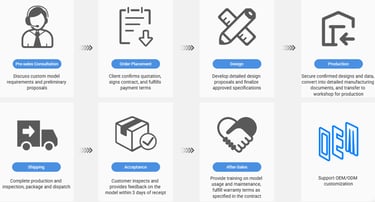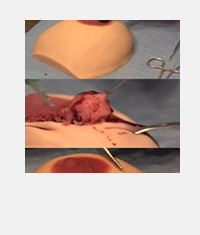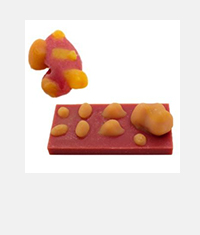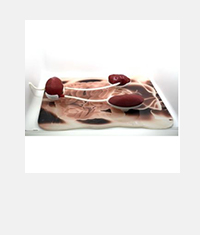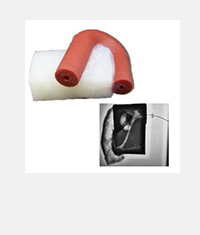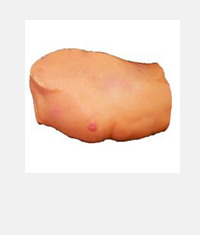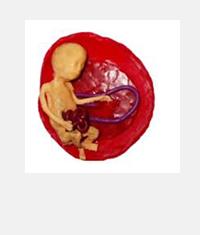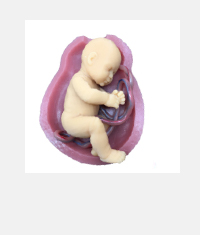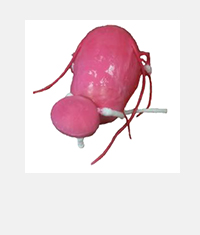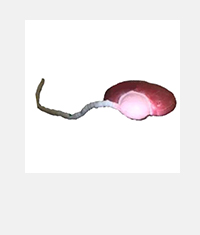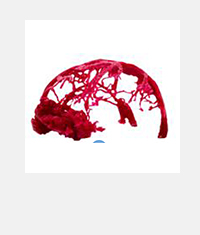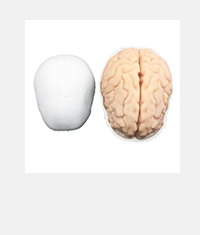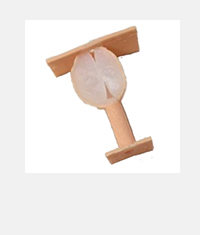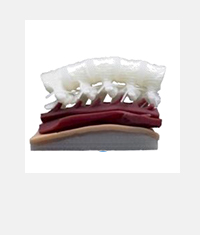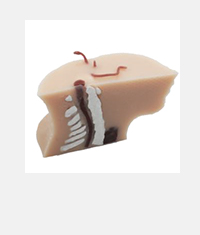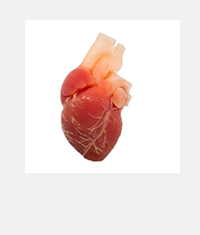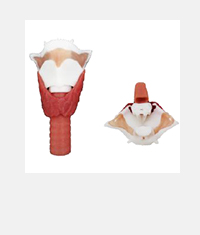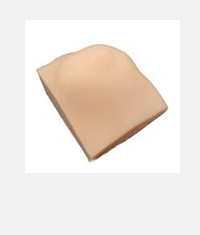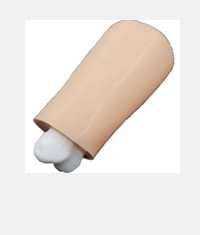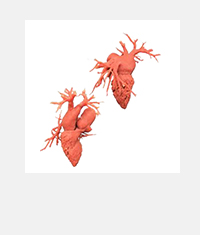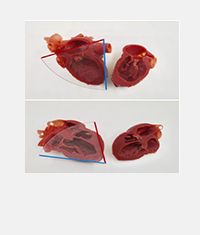📞Customer Service: +86 13248368268 📧servicecenter@suzhoufrank.com one year replacement and warranty!
Endoscopic Intervention Training model
Thoracoabdominal Laparoscopic Surgery Robot Training Model - Type A
The Thoracoabdominal Laparoscopic Surgical Robot Training Model - Type A (Silicone Version, FKPWQJ002A) consists of a hard shell and silicone organs (stomach, liver, etc.). It supports the operation of multiple laparoscopic instruments, enables performance evaluation of minimally invasive devices, and serves as a training, research, and product validation tool.
Brand: FESTAK
Product Type: Endoscopic Intervention Training Model
Warranty: 12 Month
whatsapp & Wechat: +86 15900838626

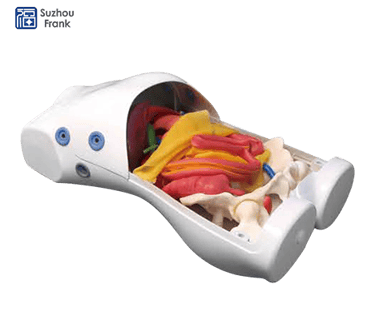
Composition & Material
Composed of a hard outer shell and silicone organs (stomach, liver, gallbladder, spleen, pancreas, intestines, kidneys, uterus, arteries, veins), the model uses silicone to simulate human thoracic and abdominal anatomy for realistic surgical training.Product Functions & Instrument Compatibility
It supports the operation of grasping forceps, separation forceps, scissors, electrocoagulation hooks, and other laparoscopic instruments. It provides a highly realistic simulation environment for performance testing, functional demonstration, and training of minimally invasive devices.Supported Projects & Applications
The model comprehensively evaluates the operability, stability, and cutting effect of minimally invasive instruments like laparoscopes; demonstrates instrument usage to improve surgical skills; validates new device feasibility; and assists in medical research on anatomical structures and pathophysiological mechanisms.
Advantage
Reusable, reducing costs
1:1 Reproduction of Human Body Data
Excellent Layering
Easy to operate
Easy to carry
Different modules for choice
Parameter
Model Customization Process
Client confirms quotation, signs contract, and fulfills payment terms
Develop detailed design proposals and finalize approved specifications
Secure confirmed designs and data, convert into detailed manufacturing documents, and transfer to workshop for production
Complete production and inspection, package and dispatch
Customer inspects and provides feedback on the model within 3 days of receipt
Provide training on model usage and maintenance, fulfill warranty terms as specified in the contract
Support OEM/ODM customization
Client Cases
Breast tumour excision training model
Partial nephrectomy
Cystoscopy Training Model
ERCP Training Model
Lobectomy Training Model
Endoscopy Training Torso Model
Obstetrics Model 1
Obstetrics Model 2
Radiofrequency Ablation Model
Gastroesophageal Reflux Model
Tracheal Intubation Training Model
Model of pyeloplasty
Cerebrovascular Tumour Model
Lateral Cerebral Puncture Drainage Model
Prostate Implant Training Model
Spinal anaesthesia puncture model
Neck anaesthesia Puncture model
Cardiovascular Model
Tracheal Intubation Training Model
Mammary lesion excision
Varicose Vein Closure Training Model
Congenital Heart Disease Imaging Model
Pancreatic tumour model
TEE Cardiac ultrasound
This silicone-based model supports the operation of grasping forceps, electrocoagulation hooks, and other instruments, enabling comprehensive performance evaluation of minimally invasive laparoscopic devices.
Silicone Thoracoabdominal Laparoscopic Robot Training Model for Instrument Testing
Model FKPWQJ002A, with its realistic silicone organs, helps trainees master laparoscopic surgical techniques and instrument handling for thoracic and abdominal procedures.
Beyond training, this model serves medical research on anatomy and pathophysiology and validates the feasibility and safety of new minimally invasive instruments.
FKPWQJ002A Laparoscopic Training Model for Surgical Skill Development
Medical Research & Device Validation Laparoscopic Training Model
Frequently Asked Questions about Thoracoabdominal Laparoscopic Surgery Robot Training Model - Type A
What is this model used for?
Laparoscopic instrument training, performance testing, medical research, and device validation.
What’s its composition?
Hard shell and silicone organs (stomach, liver, intestines, etc.).
Which procedures does it support?
Grasping forceps, separation forceps, scissors, electrocoagulation hooks, etc.
What material is it made of?
SLD silicone.
Where is it produced?
Suzhou, China.
What’s the production cycle?
15 days.
© 2025. All rights reserved.
About Us
Introduction
Development
Cooperation
Service
Main Products
Medical Grade Monitor
No 15, Jinyang road KunshanSuzhou, Jiangsu, China


















